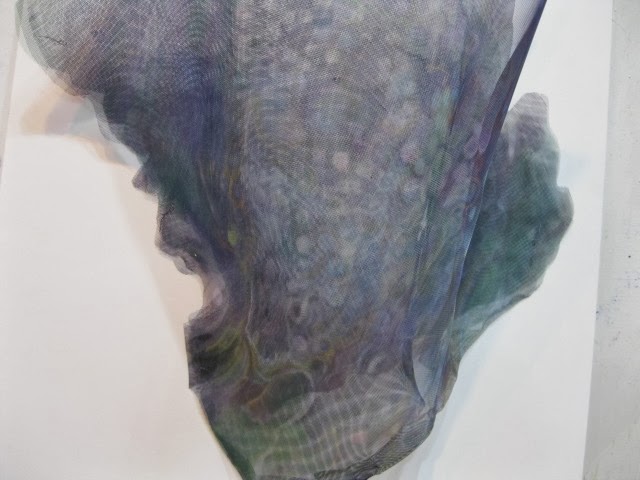ART HISTORY LESSONS
Shortly before the fall semester
of the art school I would go to began,
a water main burst late at night in the storage vaults
of the adjourning gallery, a large
but secondary collection of art.
The antiquated plumbing proved impossible to staunch
by the time the night watchman found the Horace Greenloughs
knee-deep in black water;
soon the General Washington
modeled on Phidias' giant Zeus at the Acropolis
(bare to the waist, seated on a dais
flanked by the eagles of the Republic)
would vanish, along with catacombs
lined with brown nineteenth century oils,
sepias, aquarelles, Boston Impressionists,
like the ballroom of the Titanic beneath the tide,
and when the lights went out
--according to my friend, the nightwatchman--
it felt as if the entire building had tilted
about to slip into a chasm
or ocean unlit and chill.
The main valve shut down,
it was found that the holdings
--all but those works on exhibition--
were entirely submerged
and indeed the water had crept even so far
as the stairs to the central rotunda
where they halted by the velvet ropes
like a crowd at a premiere.
To remove a vertical lake
some four underground stories would require
months of unstinting effort
said the engineer
called to the site the next day.
Thus our lifestudies began to the shudder
of hydraulic pumps, a lecture on Monet
was accompanied by cataracts,
and sophomoric debates in the coffee shop
by the slow re-emergence of drown objects.
Needless to say, this hardly concerned us.
We were busy. With our instructors cheering us on
we would enter a new millenium,
blurring the distinction between art and life
in a flurry of manifestos.
Questioned on the subject of the aquatic archaelogy
going on nearby
most would reply that it was a pointless effort
and what was lost, historical detritus,
the academic efforts of the dead
made with an eye towards a posterity
which had rightfully forgotten them.
We did not know of the rise and fall of schools
or of the many manifestos even then dissolving under water.












.jpg)
























